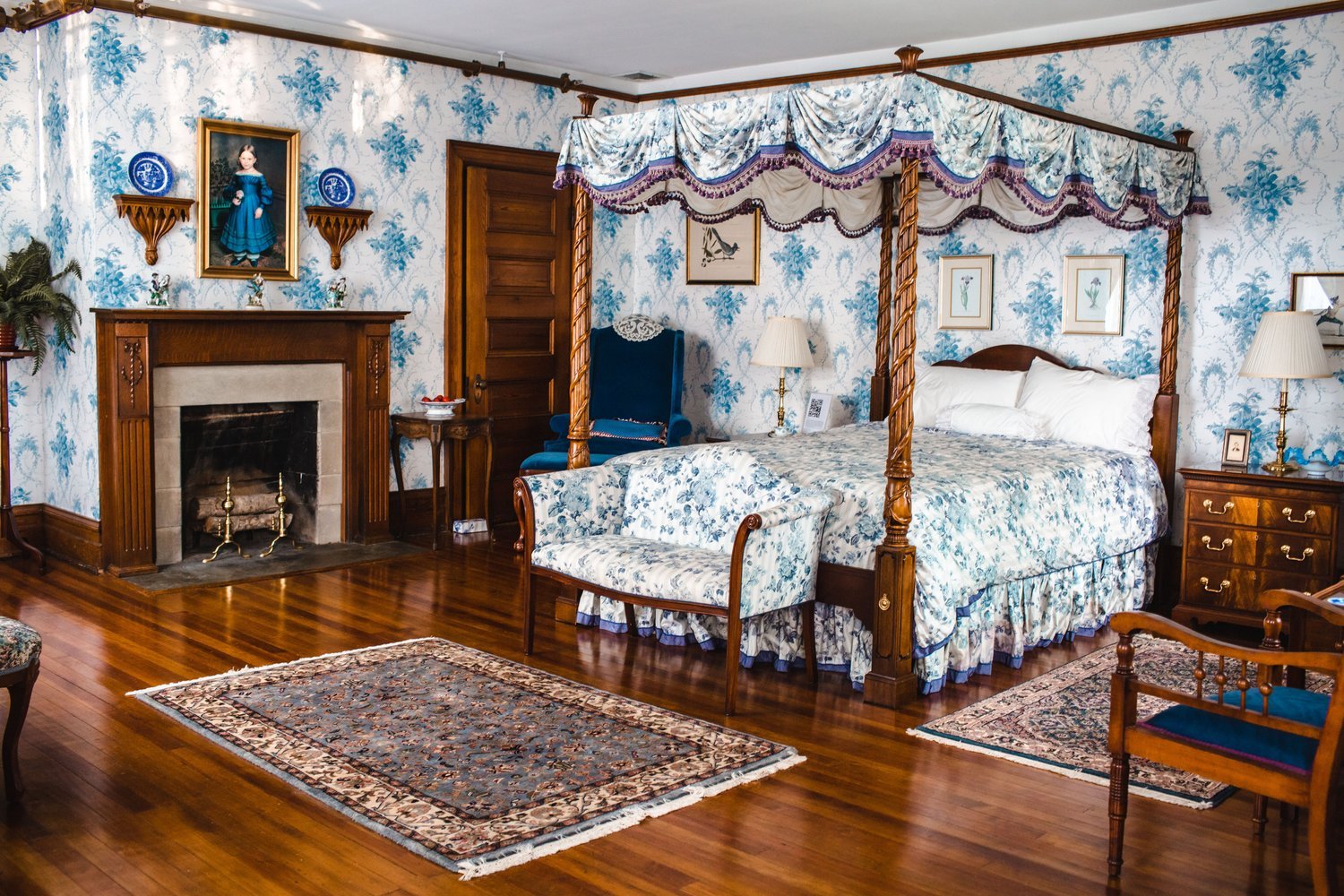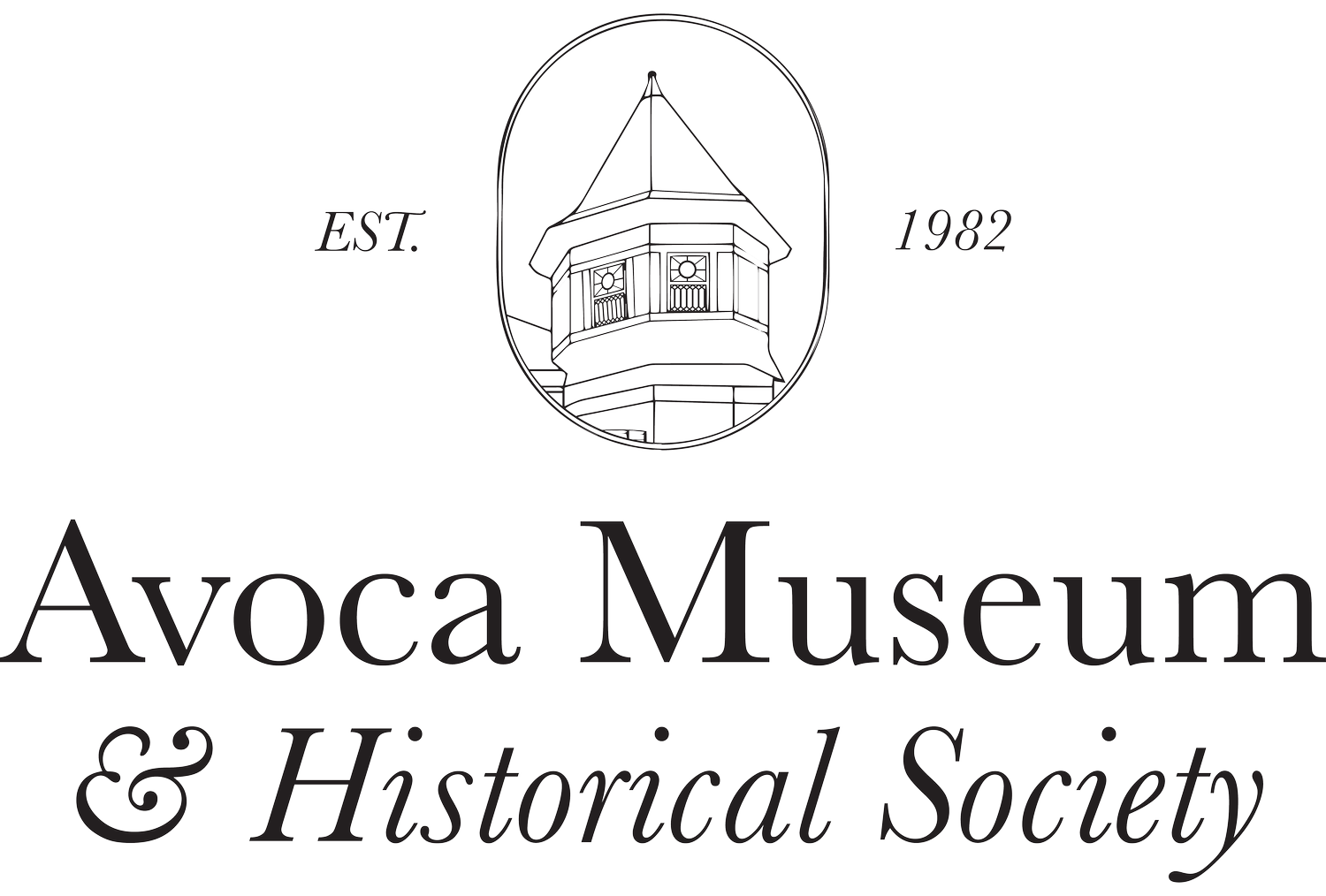
Avoca’s History- from Native Americans to the American Revolution. Learn the rich history of this Victorian house in Altavista, VA
Avoca’s History
For thousands of years prior to the arrival of English-speakers, the land on which Avoca is situated was settled by Native Americans known as the Saponi. The Saponi spoke a Siouan dialect and had cultural connections to the Tutelo, Occaneechi, Monacan, and Manahoac people. By the time of the American Revolution, the Saponi had been decimated by disease and conflict with Native Americans from the north and with white settlers. What remained of the Saponi were scattered to the north to assimilate into the Iroquois Confederacy. Others were relocated to the vicinity of Fort Christanna near modern-day Lawrenceville, Virginia. It is from this branch that most of the surviving descendants of the Saponi are likely descended.
Avoca was originally the private residence of Colonel Charles Lynch (1736-1796). He established his home here in 1755 as part of a land grant from King George II to his father, in 1740, and called it Green Level. Colonel Charles Lynch was a planter and distinguished himself as a lawmaker and a soldier during the turbulent times of the Revolutionary era. The property was passed down through the Lynch family and upon the death of Charles Henry Lynch (1800-1874), the property went to his niece, Mary Anna Dearing Fauntleroy. Her grandson, Dr. Lindley Murray Winston, deeded the property to the Town of Altavista in 1981 as a memorial to his family. At that time the property consisted of the main house, brick kitchen, smokehouse, milk house, farm office, and approximately ten acres.
Avoca is a country Victorian house constructed in 1901, after the original and second dwellings were destroyed by fire in 1879 and 1900. The house is a commissioned work of the Lynchburg Architect, John Minor Botts Lewis in the Queen Anne style. It is a Virginia landmark and listed in the National Register of Historic Places and is maintained as a historical museum. The collection, displays, programs and interpretations are planned to take account of the cultural and natural history of the region. The property is used for education and recreational purposes and serves the people of the greater Altavista area.
Because the house was unoccupied since the mid-1970's, there was need for interior repair before it could be opened to the public. In the meantime, the small Staunton River Valley Museum was opened weekends in the brick kitchen. Prior to its opening, the kitchen, exterior painting of the main house, and seed money were provided by $15,000 grants from E. R. English and Abbot Laboratories.
Gradually , through the generosity and hard work of benefactors and volunteers, one room at a time in the main house was stabilized. Gifts of furniture enhanced the revitalization efforts and in 1986 Avoca opened for tours. Due to the growth of the museum, a need for increased fund-raising, and more volunteer involvement, a historical society was founded in 1987. At this time the Staunton River Valley Museum became Avoca Museum and Historical Society and Rusty Hicks served as its first president.
In 1991 an administrator was hired to oversee issues dealing with current policies, operations, facilities and programs, member recruitment, hiring a director to manage day-to-day operations (hired in 1995), and the feasibility of acquiring or constructing storage, exhibition, and administrating offices. 1991 and 1992 were a watershed for Avoca. The Lane Company, in collaboration with Country Living Magazine, refurbished the main house. Donations of furniture by the Lane Company, fabrics, window treatments, and accessories transformed the house. National and local media coverage expanded visitation and Avoca enjoyed a successful year.
A five-year campaign was launched in 1995 to restore the exterior of the house, rehabilitate the farm office, and expand the school and community outreach programs. Grants were awarded to Avoca by the State of Virginia and the Town of Altavista for $30,000 each. The Timken Foundation of Canton provided $85,000 toward the restoration.

Avoca Today
Avoca, in the last two and one half centuries, has accomplished that which we see and enjoy today. The children who have already benefited from the educational and historical programs will continue to do so in the present century.
Theirs is the bridge to cross from the millennium in which Avoca has signified much for Altavista and Virginia into the future where our history will come their present. All that is symbolized on this occasion- generosity, work, and continuing interest- is a gift to the children entering another era.
